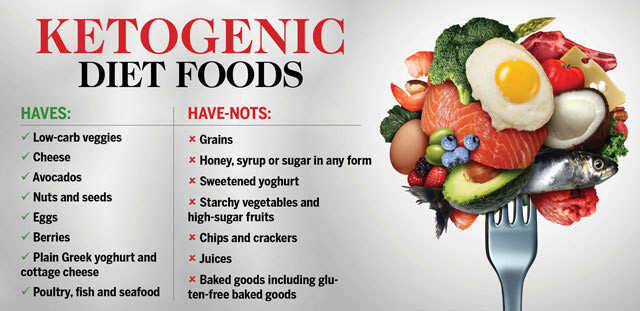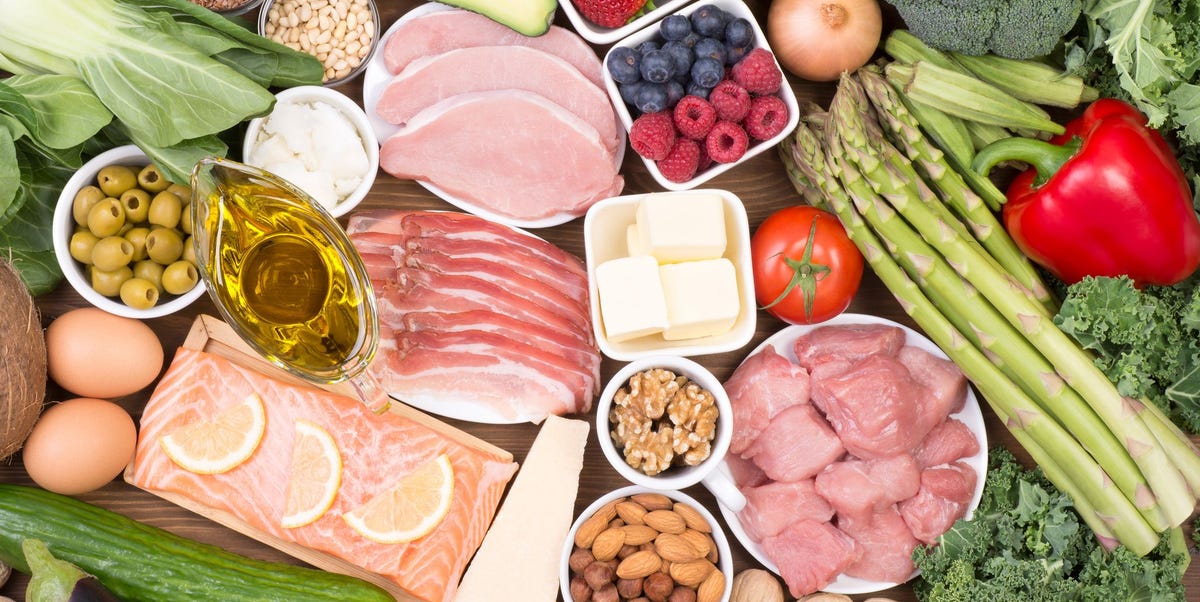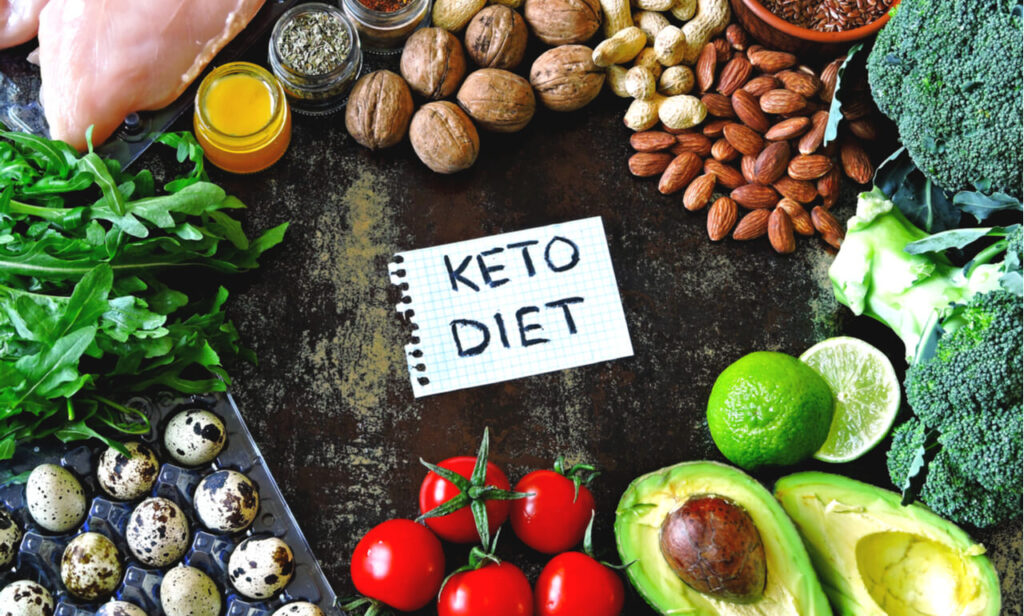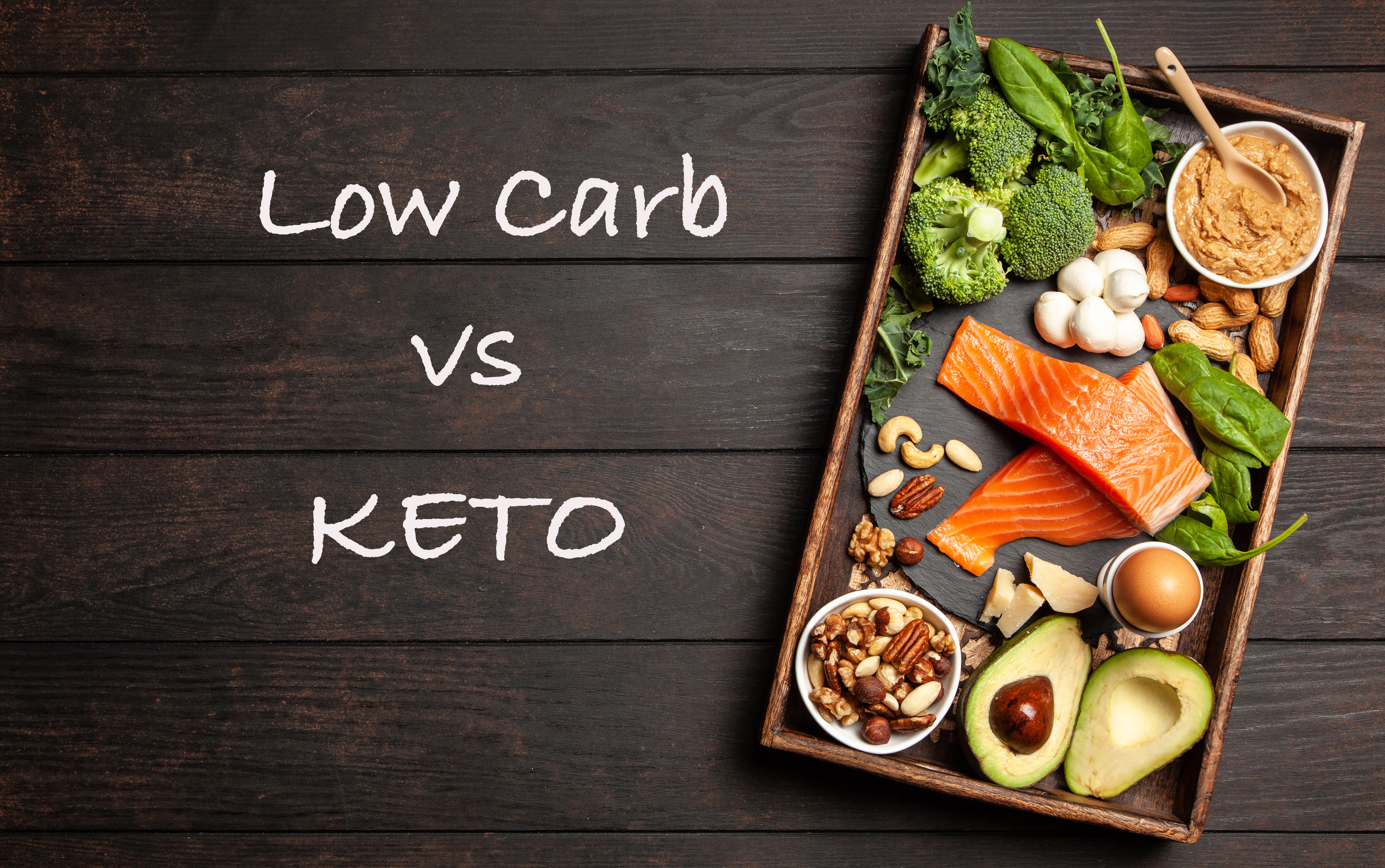The ketogenic diet, commonly known as the keto diet, is a low-carb, high-fat diet that has gained immense popularity in recent years. This diet involves drastically reducing your carbohydrate intake and replacing it with healthy fats. By doing so, your body enters a state of ketosis, which means it begins to burn fat for energy instead of carbohydrates.
While the keto diet has been proven to be effective in weight loss and improving certain health conditions, it’s important to understand the basics of the diet before you start it. In this blog, we’ll discuss everything you need to know about the keto diet, including its benefits, risks, and how to follow it.
What is the Keto Diet?
The keto diet is a high-fat, low-carbohydrate diet that puts your body in a state of ketosis. When you drastically reduce your carbohydrate intake, your body starts to break down stored fat and converts it into ketones, which your body uses for energy instead of glucose.
The primary goal of the keto diet is to force your body to use fat for energy instead of glucose, which can help you lose weight and improve certain health conditions.
Benefits of the Keto Diet
Weight Loss: One of the most significant benefits of the keto diet is weight loss. By reducing your carbohydrate intake and increasing your fat intake, your body enters a state of ketosis, where it burns fat for energy instead of glucose. This can lead to rapid weight loss in the initial stages of the diet.
Reduced Appetite: The keto diet has been shown to reduce appetite, which can help you consume fewer calories throughout the day.
Improved Insulin Sensitivity: The keto diet can improve insulin sensitivity, which can be beneficial for people with type 2 diabetes.
Improved Brain Function: The keto diet can improve cognitive function and reduce the risk of neurological diseases like Alzheimer’s.
Lower Triglyceride Levels: The keto diet can lower triglyceride levels, which can reduce the risk of heart disease.

How to Follow the Keto Diet?
- Calculate Your Macros: To follow the keto diet, you need to calculate your daily macronutrient requirements. The keto diet requires you to consume around 70-75% of your calories from fat, 20-25% from protein, and 5-10% from carbohydrates.
- Reduce Carbohydrate Intake: To enter ketosis, you need to reduce your carbohydrate intake to less than 50 grams per day. This means avoiding foods like bread, pasta, and sugar.
- Increase Fat Intake: To replace the missing calories from carbohydrates, you need to increase your fat intake. Healthy fats include nuts, avocados, and fatty fish.
- Incorporate Protein: Protein is essential for maintaining muscle mass, so it’s important to incorporate lean protein sources like chicken, turkey, and fish.
- Stay Hydrated: The keto diet can cause dehydration, so it’s important to drink plenty of water throughout the day.
What is Keto Mediterranean Diet?
The Keto Mediterranean diet is a combination of two popular diets: the ketogenic diet and the Mediterranean diet. The ketogenic diet is a high-fat, low-carbohydrate diet that aims to put the body into a state of ketosis, where it burns fat for energy instead of carbohydrates. The Mediterranean diet, on the other hand, is a way of eating that emphasizes whole foods, healthy fats, and lean proteins, and has been linked to a reduced risk of chronic diseases.
The Keto Mediterranean diet combines the principles of these two diets, with a focus on consuming healthy fats and reducing carbohydrates. The diet encourages the consumption of foods that are high in healthy fats, such as olive oil, avocados, nuts, and seeds, while limiting the intake of carbohydrates, especially refined carbs like sugar and processed foods.
Here are some guidelines for following a Keto Mediterranean diet:
Eat plenty of healthy fats: Focus on consuming healthy fats like olive oil, coconut oil, avocados, nuts, and seeds. These fats will help you feel full and satisfied, and provide important nutrients for your body.
Choose low-carbohydrate vegetables: Vegetables are an important part of any healthy diet, but on a Keto Mediterranean diet, it’s important to choose low-carbohydrate options like leafy greens, broccoli, cauliflower, and zucchini.
Limit your intake of carbohydrates: To stay in ketosis, it’s important to limit your intake of carbohydrates, especially refined carbohydrates like sugar and processed foods. Instead, choose whole grains like quinoa, brown rice, and oats, and eat them in moderation.
Focus on lean proteins: The Keto Mediterranean diet emphasizes lean proteins like fish, chicken, and turkey, as well as plant-based proteins like beans and legumes.
Include dairy in moderation: While dairy products like cheese and yogurt can be part of a Keto Mediterranean diet, it’s important to consume them in moderation and choose low-fat options.

What is Plant Based Keto Diet?
A plant-based keto diet is a low-carbohydrate, high-fat diet that focuses on plant-based foods to achieve ketosis, a metabolic state in which the body burns fat for energy instead of glucose. While traditional keto diets are typically high in animal products, a plant-based keto diet relies on plant-based sources of fat and protein to achieve the same benefits.
The main principle behind the plant-based keto diet is to limit carbohydrate intake to around 20-30 grams per day, which is low enough to trigger ketosis. Instead, the diet emphasizes healthy fats such as avocados, nuts, seeds, coconut oil, and olive oil, as well as protein from plant-based sources such as tofu, tempeh, seitan, and legumes.
Benefits of a plant-based keto diet include weight loss, improved insulin sensitivity, and increased energy levels. It may also be beneficial for those with certain health conditions such as type 2 diabetes or metabolic syndrome.
Low Carb Diet vs Keto
Both low-carb diets and keto diets have gained popularity in recent years as effective ways to lose weight and improve overall health. However, while they share some similarities, they are not the same.
A low-carb diet typically involves reducing the amount of carbohydrates you consume and increasing your intake of protein and healthy fats. The main goal of a low-carb diet is to reduce the total amount of carbohydrates you eat, typically to less than 130 grams per day, while still consuming enough protein and healthy fats to keep you feeling full and satisfied.
Some examples of low-carb diets include the Atkins diet and the South Beach diet. These diets typically allow you to eat plenty of meat, fish, poultry, eggs, and low-carb vegetables like leafy greens, broccoli, and cauliflower. However, they typically limit or eliminate foods that are high in carbohydrates, such as bread, pasta, rice, and sweets.
Both low-carb diets and keto diets can be effective for weight loss and improving overall health. However, the main differences between them are the level of carbohydrate restriction and the amount of fat that is consumed. While keto diets are more restrictive and may be harder to follow, they may be more effective for short-term weight loss.
Paleo Diet vs Keto
The Paleo diet and the Keto diet are two popular diets that have gained a lot of attention in recent years due to their potential health benefits. While both diets are low-carb and emphasize whole foods, there are some key differences between the two. In this write-up, we’ll compare the Paleo diet and the Keto diet, and explore their similarities and differences.
The Paleo diet, also known as the Paleolithic diet or the caveman diet, is based on the idea of eating like our ancestors did during the Paleolithic era. The diet emphasizes whole, nutrient-dense foods that were available to our ancient ancestors, such as meat, fish, eggs, nuts, seeds, fruits, and vegetables.
The Paleo diet excludes processed foods, grains, legumes, dairy, and refined sugars, as these foods were not part of the Paleolithic diet.
Proponents of the Paleo diet argue that it is more in line with our evolutionary history and may help to reduce inflammation, improve gut health, and promote weight loss. However, some critics argue that the Paleo diet is too restrictive and may be difficult to sustain long-term.
Key Differences between the Paleo Diet and the Keto Diet
While both the Paleo diet and the Keto diet are low-carb diets that emphasize whole foods, there are some key differences between the two:
- Macronutrient Ratio: The Paleo diet is not a low-carb diet in the strict sense, as it allows for moderate amounts of carbohydrates from fruits and vegetables. In contrast, the Keto diet is a very low-carb diet that is designed to put the body into a state of ketosis.
- Dairy: The Paleo diet excludes dairy, while the Keto diet allows for high-fat dairy such as cheese and butter.
- Sweeteners: The Paleo diet excludes all forms of refined sugars and artificial sweeteners, while the Keto diet allows for low-carb sweeteners such as stevia and erythritol.
- Nutrient density: While both diets emphasize whole foods, the Paleo diet places a greater emphasis on nutrient density and excludes processed foods, while the Keto diet allows for processed foods as long as they fit within the macronutrient ratios.

BONUS TIP: What can I substitute for oatmeal on Keto diet?
If you’re following a keto diet, you’ll need to avoid certain high-carb foods like oatmeal. However, there are several alternatives to oatmeal that you can include in your keto meal plan. Here are some suggestions:
- Chia seed pudding: Chia seeds are high in fiber and low in carbs, making them an excellent substitute for oatmeal. Mix 2 tablespoons of chia seeds with 1/2 cup of almond milk and a sweetener of your choice. Let the mixture sit for a few minutes to thicken, then add toppings like berries, nuts, or coconut flakes.
- Coconut flour porridge: Coconut flour is low in carbs and high in fiber, making it an ideal ingredient for keto-friendly porridge. Mix 1/4 cup of coconut flour with 1 cup of almond milk and cook on the stove until thickened. Add in your favorite sweetener and toppings like cinnamon, nut butter, or berries.
- Flaxseed meal porridge: Flaxseed meal is a great source of fiber and healthy fats, making it an excellent oatmeal substitute. Mix 2 tablespoons of flaxseed meal with 1/2 cup of almond milk and a sweetener of your choice. Cook on the stove until thickened, then top with nuts, seeds, or berries.
- Keto granola: If you’re looking for a crunchy breakfast option, try making your own keto-friendly granola. Mix together nuts, seeds, coconut flakes, and a sweetener like erythritol or stevia. Spread the mixture on a baking sheet and bake until golden brown. Serve with almond milk or coconut yogurt.
- Cauliflower rice breakfast bowl: While it may not be a traditional breakfast option, cauliflower rice can make a delicious and nutritious substitute for oatmeal. Cook cauliflower rice on the stove with almond milk, cinnamon, and a sweetener like monk fruit.




